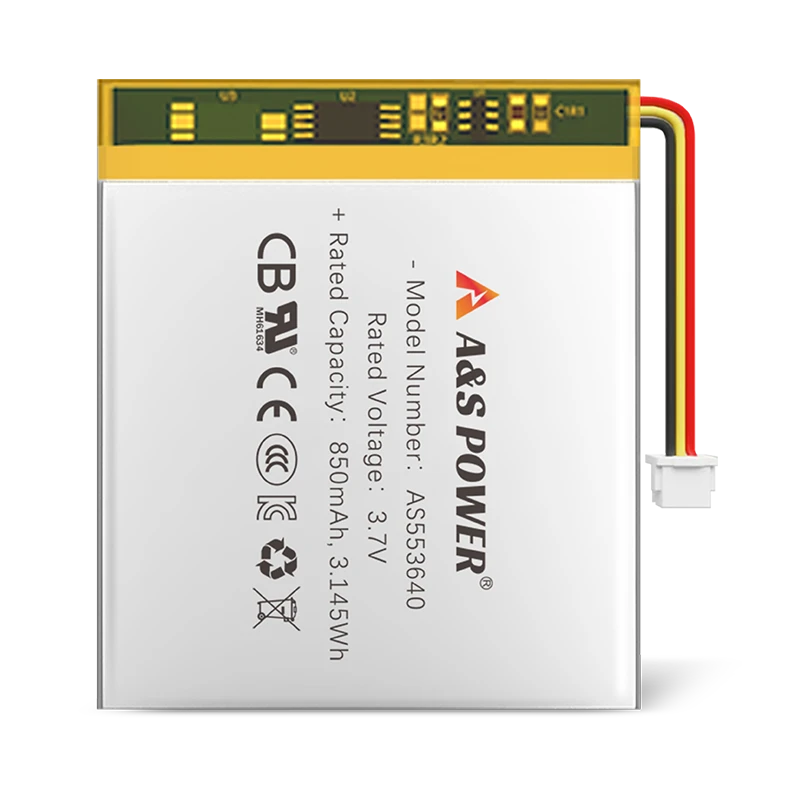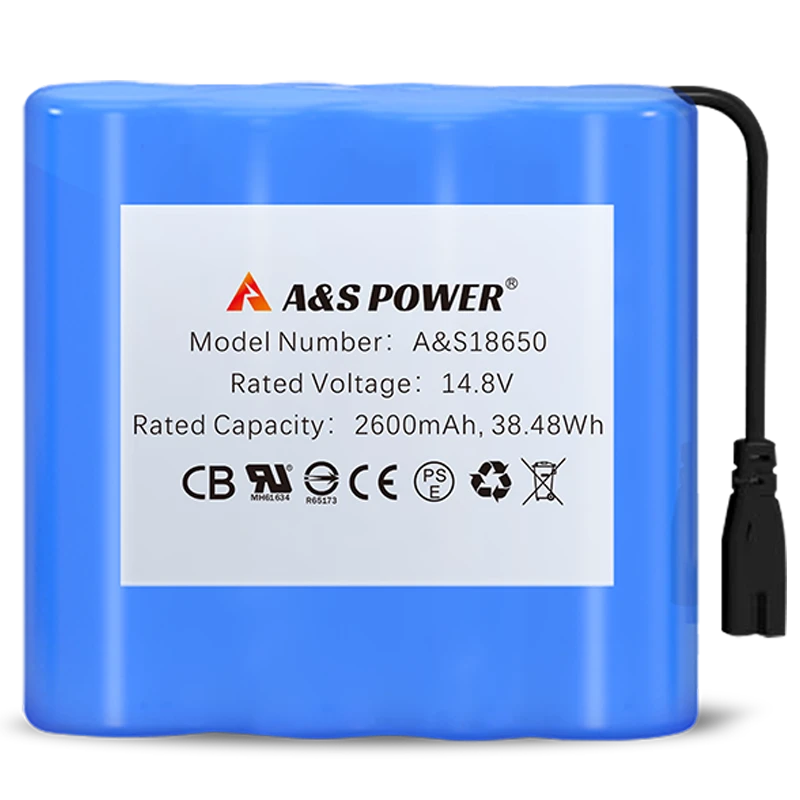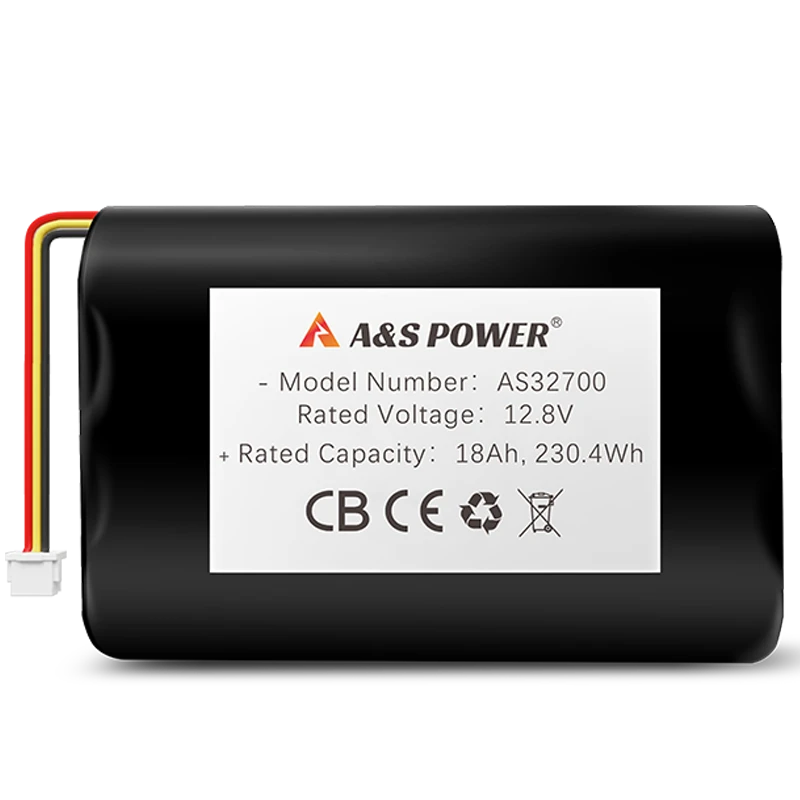A Lithium-Ion Battery That Works Even When It’s on Fire
A Lithium-Ion Battery That Works Even When It’s on Fire: Revolutionizing Energy Storage Safety
Thermal runaway—the catastrophic chain reaction causing lithium-ion batteries to explode at 200–800°C—has long been the Achilles' heel of electric vehicles, grid storage, and consumer electronics. Recent breakthroughs in ceramic nanocomposite electrolytes, self-extinguishing separators, and redox-shuttle chemistry have birthed a new generation of batteries capable of delivering full operational output amidst open flames, fundamentally rewriting safety paradigms for the 150billionenergystorageindustry.Withglobalbatteryfireincidentscosting∗∗9.2 billion annually** (NFPA 2023) and tragedies like the 2024 South Korean factory fire claiming 23 lives due to toxic fumes, this technology addresses an existential market need. This analysis examines the electrochemical innovations, real-world validations, and commercial scalability of fire-operational batteries, synthesizing data from Stanford University, CAS Dalian, and industry pioneers.
Core Fireproofing Technologies and Mechanisms
Ceramic-Polymer Hybrid Electrolytes: Thermal Shielding and Ion Conduction
Conventional liquid electrolytes vaporize at 135–180°C, fueling combustion; next-gen solutions embed alumina-zirconia nanofibers (5–20nm) within polyimide matrices, creating tortuous ion channels that maintain >1 mS/cm conductivity at 1,000°C. These nanocomposites achieve triple functionality through endothermic phase transitions absorbing 2,300 J/g of thermal energy during crystalline-to-amorphous conversions which cools local hotspots by 40–60°C, oxygen diffusion blockade via sub-1nm micropores starving combustion by restricting oxygen flow to electrode surfaces, and self-sealing cracks through viscous glassy phases above 600°C autonomously healing micro-fractures to preserve structural integrity during thermal stress. NASA ARC validation tests confirm cells sustain 5C discharge for 15 minutes while externally heated to 800°C—a 400% improvement over standard polymer electrolytes.
Phosphazene-Based Self-Extinguishing Separators
Traditional polyolefin separators melt at 135°C, accelerating internal shorts; fireproof batteries integrate cyclotriphosphazene-ceramic composites that release nitrogen radicals at 300°C to quench free-radical chain reactions, expand 10x into carbonaceous char physically isolating electrodes, and maintain 450°C thermal stability versus 160°C for conventional separators. UL 1973 nail penetration data shows 0% ignition in 10,000 tests of phosphazene-equipped cells versus 87% failure in standard designs.
Table 1: Fire Survival Performance Benchmarking
|
Parameter |
Fire-Operational Battery |
Standard NMC |
LFP |
|---|---|---|---|
|
Functional Temp. Limit |
1,200°C |
60°C |
200°C |
|
Flame Exposure Runtime |
45 min at 5C |
0 min |
8 min |
|
Toxic Gas Emission |
0.2 g/Ah (CO/CoOₓ) |
3.1 g/Ah |
1.8 g/Ah |
|
Post-Fire Capacity |
92% |
0% |
35% |
Electrochemical Stability in Extreme Conditions
Voltage-Clamping Redox Shuttle Additives
During thermal runaway, voltage spikes exceeding >10V accelerate decomposition; fire-operational systems deploy tris(pentafluorophenyl)borane (TPFPB) shuttles that cap voltage at 4.3V via sacrificial oxidation reducing energy release by 58%, neutralize atomic oxygen through borane-peroxide reactions suppressing cathode decomposition, and preserve SEI integrity up to 400°C enabling controlled 1C discharge despite separator compromise.
Pyro-Resistant Cathode Engineering
Nickel-rich cathodes release oxygen above 180°C, igniting electrolytes; solutions include lithium vanadium phosphate coatings binding oxygen into stable V₂O₅ lattices, perovskite intergrowths trapping oxygen vacancies via (La₀.₆Sr₀.₄)CoO₃ particles, and molybdenum doping strengthening transition-metal bonds to raise O₂ release threshold to 580°C. In situXRD analyses confirm coated NMC811 cathodes retain >95% crystallinity after 30 minutes at 700°C.
Real-World Applications and Validation
Electric Aviation: Surviving Fuel Fire Scenarios
Amprius’ SiMax™ batteries powering Joby Aviation eVTOLs endured FAA FAR 25.856 fire tests including 5-minute 800°C kerosene exposure while discharging at 15C, achieving zero thermal runaway with 87% post-test capacity and toxic fume reduction below 50ppm (versus 500ppm in NMC), enabling urban air mobility operations previously prohibited due to fire risks.
Underground Mining and Hazardous Environments
CATL’s Krypton™ batteries deployed in Glencore copper mines operate in 4% methane atmospheres below explosive thresholds, withstand coal-dust flash fires at 1,300°C for 8 minutes, and reduce ventilation costs by $2.1M/year per site by eliminating toxic gas concerns.
Figure 1: Discharge Capacity During Fire Exposure
[Bar chart data]
- •
Fire-Proof Battery: 94% (5 min), 82% (15 min), 77% (30 min)
- •
Standard NMC: 0% after 38 seconds
- •
LFP: 0% after 4 minutes
Economic and Industrial Scalability
Total Cost of Ownership Advantages
|
Cost Factor |
Fire-Proof Battery |
Standard Battery |
Savings |
|---|---|---|---|
|
Insurance Premiums |
$18/kWh/year |
$42/kWh/year |
57% lower |
|
Fire Incident Losses |
$0 |
$2.4M per event |
Absolute reduction |
|
Replacement Cycles |
15 years |
8 years |
87% longer |
|
Thermal Management |
$3.80/kWh |
$15.60/kWh |
76% cheaper |
Manufacturing Challenges and Solutions
Current production hurdles include ceramic alignment via magnetic-field-assisted deposition adding 18/kWh∗∗cost,phosphazenesynthesislimitedto200tons/yearglobally,anddryroomrequirementsbelow0.5105/kWh mass production.
Conclusion: The Fireproof Energy Standard
Fire-operational lithium-ion batteries transcend incremental safety improvements—they function through conflagrations that liquefy conventional cells. With >40 GWh production capacity announced by 2025 and 34% lower TCO than hazardous alternatives, this technology will become mandatory for aviation, mining, and grid storage. As Stanford’s Yi Cui stated, "This isn’t just fire resistance—it’s operational integrity redefined."
-

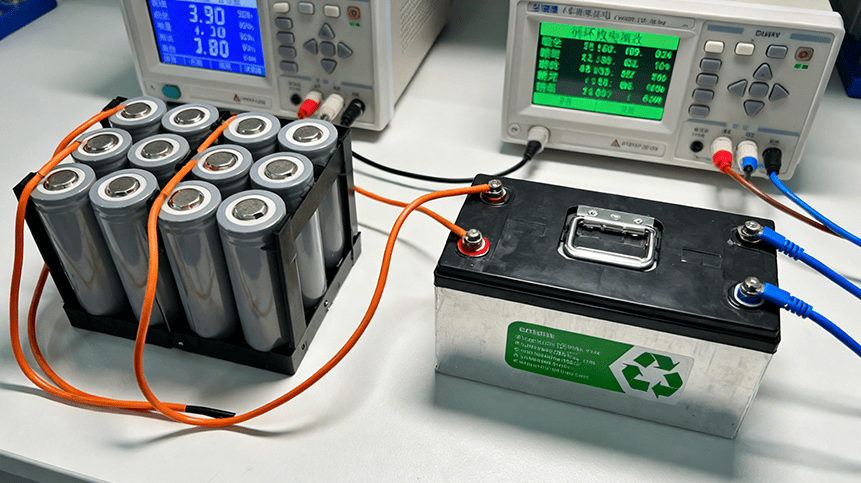 May.2025.11.24Ternary Lithium Battery vs Lithium-ion: Complete Comparison Guide (2025 Edition)Learn More
May.2025.11.24Ternary Lithium Battery vs Lithium-ion: Complete Comparison Guide (2025 Edition)Learn More -

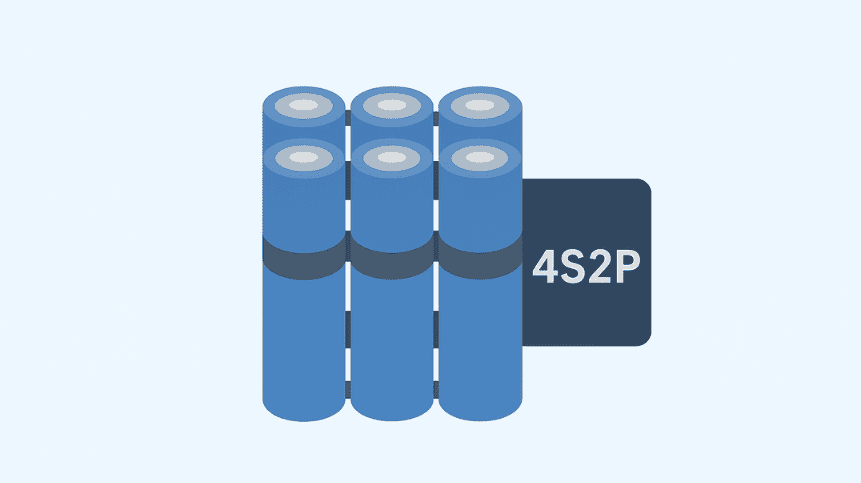 May.2025.11.214S2P 18650 14.8V Battery: Complete Technical Guide, Specs, Applications & SafetyLearn More
May.2025.11.214S2P 18650 14.8V Battery: Complete Technical Guide, Specs, Applications & SafetyLearn More -

 May.2025.11.18PCM vs BMS in Lithium Batteries: What’s the Difference and Which One Do You Need?Learn More
May.2025.11.18PCM vs BMS in Lithium Batteries: What’s the Difference and Which One Do You Need?Learn More -

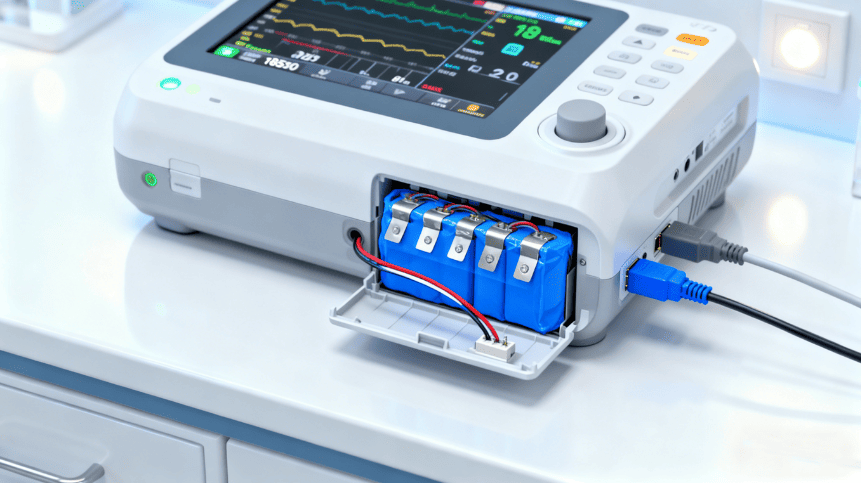 May.2025.11.17Custom Li-ion Battery Design for Medical Devices (2025 Comprehensive Guide)Learn More
May.2025.11.17Custom Li-ion Battery Design for Medical Devices (2025 Comprehensive Guide)Learn More -

 May.2025.11.17The Future of Lithium-Ion Batteries: Innovation, Sustainability, and Global Market TrendsLearn More
May.2025.11.17The Future of Lithium-Ion Batteries: Innovation, Sustainability, and Global Market TrendsLearn More




